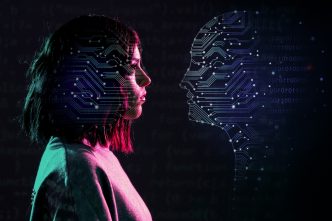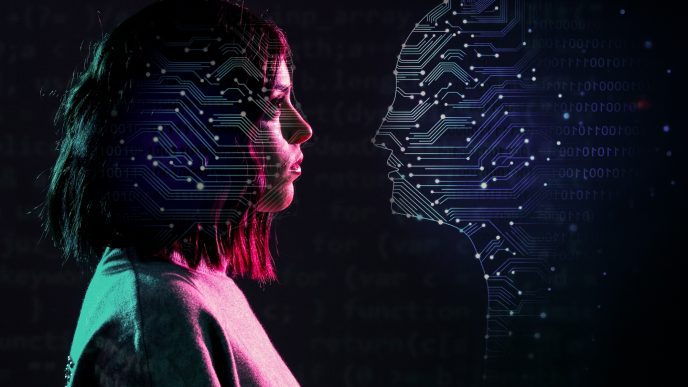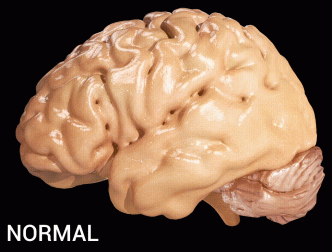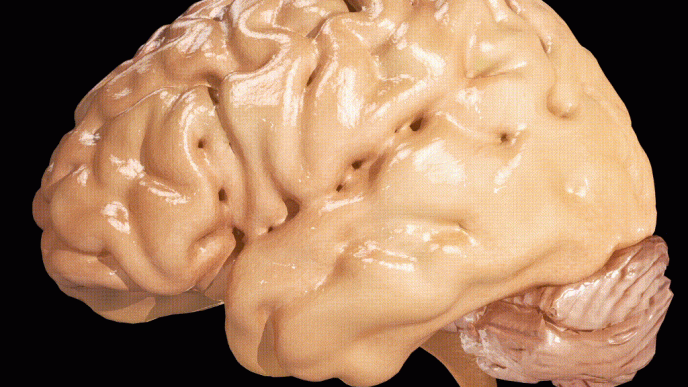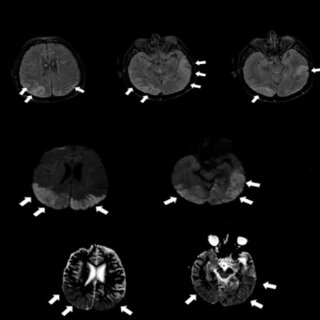Table of Contents Show
Abstract
In this work, we construct a new framework for measuring and modelling educational inequality at the post-primary level of education in Nigeria by combining classical economic tools like the Lorenz curve and Gini coefficient with AI methodologies. The study uses AI-augmented algorithms, such as machine learning and explainable AI, to tackle deep-rooted learning resource disparities through pattern recognition, policy outcome pre-simulation (equitable teacher deployment, ICT investment), and real-time equity tracking. The initial projections provide evidence of entrenched inequalities, with Gini coefficients within the range of 0.52-0.68, exceeding the levels of income inequality in the country. AI-based policy modelling, as demonstrated within this research, can reduce inequality margins by approximately 20%. The international development work scrutinises the applicability of AI from polar perspectives, instrument and target, offering actionable policies towards sustaining SDG4 framed for Nigeria’s development needs.
Keywords: Inequality in education, Gini coefficient, AI education, post-primary level
Introduction
Educational inequality manifests as a persistent problem in Nigeria, with a severe impact on post-primary education, learning outcomes, and access to educational resources, which are not uniform across geographical and socio-economic regions. While reported using conventional techniques, there is no reliable, holistic, and consistent methodology for measurement.
Traditional economic measures like Gini coefficients and Lorenz curves, concerning education inequity, have been improved by artificial intelligence (AI) techniques motivated by the study. This research sits at the intersection of social AI and educational humanities to investigate how AI both quantifies and influences educational inequality. This is of particular importance to Nigeria, where infrastructural bottlenecks are simultaneously present with digitisation.
Using AI-based analytics to reveal hidden trends and project policy outcomes, the study is quantitative, correlational, and postdictive in design. It offers new perspectives on educational reforms focused on Nigeria’s socio-economic context.
Literature Review
AI possesses significant potential to transform educational inequity by enhancing access, quality, and equity, particularly in resource-limited areas. Opesemowo (2024) conceptualises AI as both a classroom companion and an equalising instrument, effectively addressing common obstacles such as insufficient educators and deteriorating infrastructure. Theoretically, the study adopts a phenomenological perspective, utilising the authentic, lived experiences of educators to better understand the implications of AI integration in conventional classrooms. Empirically, interviews with Nigerian secondary school educators indicate that AI can customise teaching and enhance student engagement; nonetheless, challenges such as unstable infrastructure and a decline in personal contact persist. In summary, these findings align with the broader perspective that technology serves dual functions, creating opportunities but occasionally, unintentionally, establishing new obstacles to genuine educational gap.
Conceptual Model
Research Design and Framework
This quantitative, correlational, and non-experimental analysis is enhanced by predictive modelling. It achieves a comprehensive understanding of a complex phenomenon like educational inequality by merging traditional statistical approaches with AI-driven processes.
- Data Sources
- Educational Outcomes: WAEC/NECO results, dropout rates, course completion, and transition rates (2015-2024).
- Resource Availability: Teacher experience, infrastructure like electricity and internet services, and funding lines.
- Socio-economic Information: Family income, urban/rural status, level of parental education, age, and ethnicity.
- Sampling
- Multi-stage Sampling:
- Stratified by political zones as well as urban and rural locations.
- Deliberate selection of certain states based on educational ranking.
- Systematic selection of individuals within schools.
- Sample size: 500 schools and at least 11 states.
- Analytical techniques
- The study used the following techniques in analysing its data:
- Calculation of Lorenz curve and Gini coefficient.
- Descriptive analysis of correlation and regression.
- Estimation of educational results using machine learning algorithms (Random Forest, XGBoost).
- Projecting the effects of intervention through policy simulation models.
- Clustering and anomaly detection through AI for real-time monitoring.
- Ethical considerations
- Anonymity and protection of data.
- Prevention and mitigation of biased algorithms.
- Subjective evaluation of AI systems to ensure that existing inequities are not perpetuated.
- Policy recommendations require interpretation of data with cultural respect.
Findings
Preliminary analysis and projections indicate:
- Biases: Analysis indicates high inequities; preliminary estimates of Gini coefficients suggest severe inequalities, which have no bounds; prediction shows ranges from 0.52 up to 0.68, applying the Gini model of metric.
- Socio-economic Drawbacks: Achievements are significantly less favourable when it comes to the socio-economically challenged and geographically isolated communities.
- Resource Impact: The presence of Information Communication Technology (ICT) resources and trained personnel highly determine students’ academic performance.
- Non-linear Dynamics: AI reveals more complex relationships within data that go unnoticed in standard statistical analysis.
- Policy Simulations: Strategic ICT investments and equitable assignment of teaching staff can help reduce inequality measures by up to 20% within five years.
- Real-time Monitoring: New equity gaps can be detected and responded to quickly and effectively using policy AI technologies.
Interdisciplinary Implications
This research advances cross-disciplinary understanding by:
- Integrating Economics and Education: Applying models of economic disparities to educational datasets.
- Sociology and Computing: Demonstrating AI’s role in untangling multifaceted social issues.
- Ethics and Technology: Discussing AI’s potential as a risk and a remedy simultaneously.
- Policy and Community Engagement: Proposing a practical framework for educational and resource allocation restructuring in Nigeria and similar low-resource contexts.
Although this delineates the role of AI in shaping policy frameworks for education, it impresses the importance of not reinforcing existing biases, especially for countries like Nigeria that are resource-constrained and culturally diverse.
Conclusion
This work digs into using AI-driven methods to build a model that’s both replicable and flexible for dealing with educational disparities. It shows, in most cases, that modern technology can serve as a practical tool for evidence-based decisions while also shedding light on deep-rooted gaps in our systems. The study argues that we must scrutinise our AI tools, ensuring they boost fairness instead of making old divides even wider. The ideas here might help those working on teacher assignments, resource sharing, and digital strategy, offering cues that don’t come from a one-size-fits-all playbook. Looking ahead, future projects could well explore AI-powered adaptive learning methods even for primary schools, with a steady eye on ethical practices to ensure modern technology truly backs inclusion and equity.
Acknowledgments
The author gratefully acknowledges the LUNE AI.Humanities.Social Sciences Fellowship for its guidance and support in integrating AI methodologies into traditional humanities and social science research approaches.
References
Economic Policy Institute. (2023). “Education Inequalities at the School Starting Gate.” https://www.epi.org/publication/education-inequalities-at-the-school-starting-gate/
OECD. (2024). “The Potential Impact of Artificial Intelligence on Equity and Inclusion in Education.” https://www.oecd.org/content/dam/oecd/en/publications/reports/2024/08/the-potential-impact-of-artificial-intelligence-on-equity-and-inclusion-in-education_0d7e9e00/15df715b-en.pdf
Oluwaseyi Aina and Gbolade Opesemowo (2024). Artificial Intelligence in Education, Bridging Community Gap: A Phenomenological Approach, International journal of new education
UNESCO. (2023). “Beijing Consensus on Artificial Intelligence and Education.” https://unesdoc.unesco.org/ark:/48223/pf0000366994
Winthrop, R. (2024). “My Big Question for AI in Education 2025.” LinkedIn. https://www.linkedin.com/pulse/my-big-question-ai-education-2025-rebecca-winthrop-srt8e
Zheng, Y., & Cheng, T. (2024). “Artificial Intelligence in Education: Ethical Considerations for Equitable Implementation.” Nature Human Behaviour, 8(2), 210-223. https://www.nature.com/articles/s41599-024-03838-0



